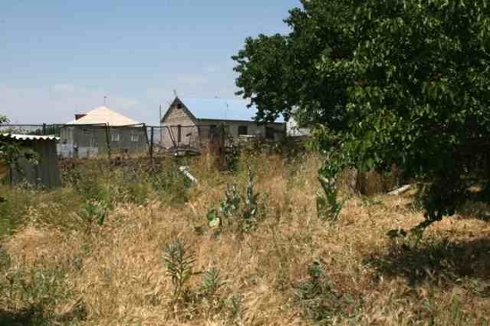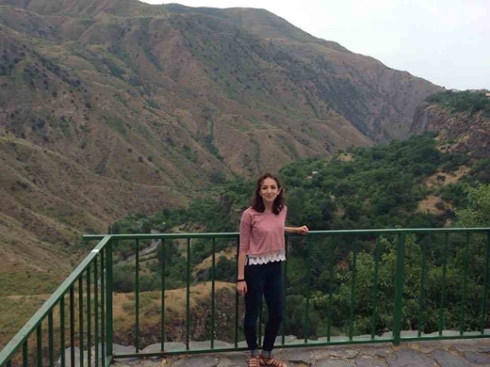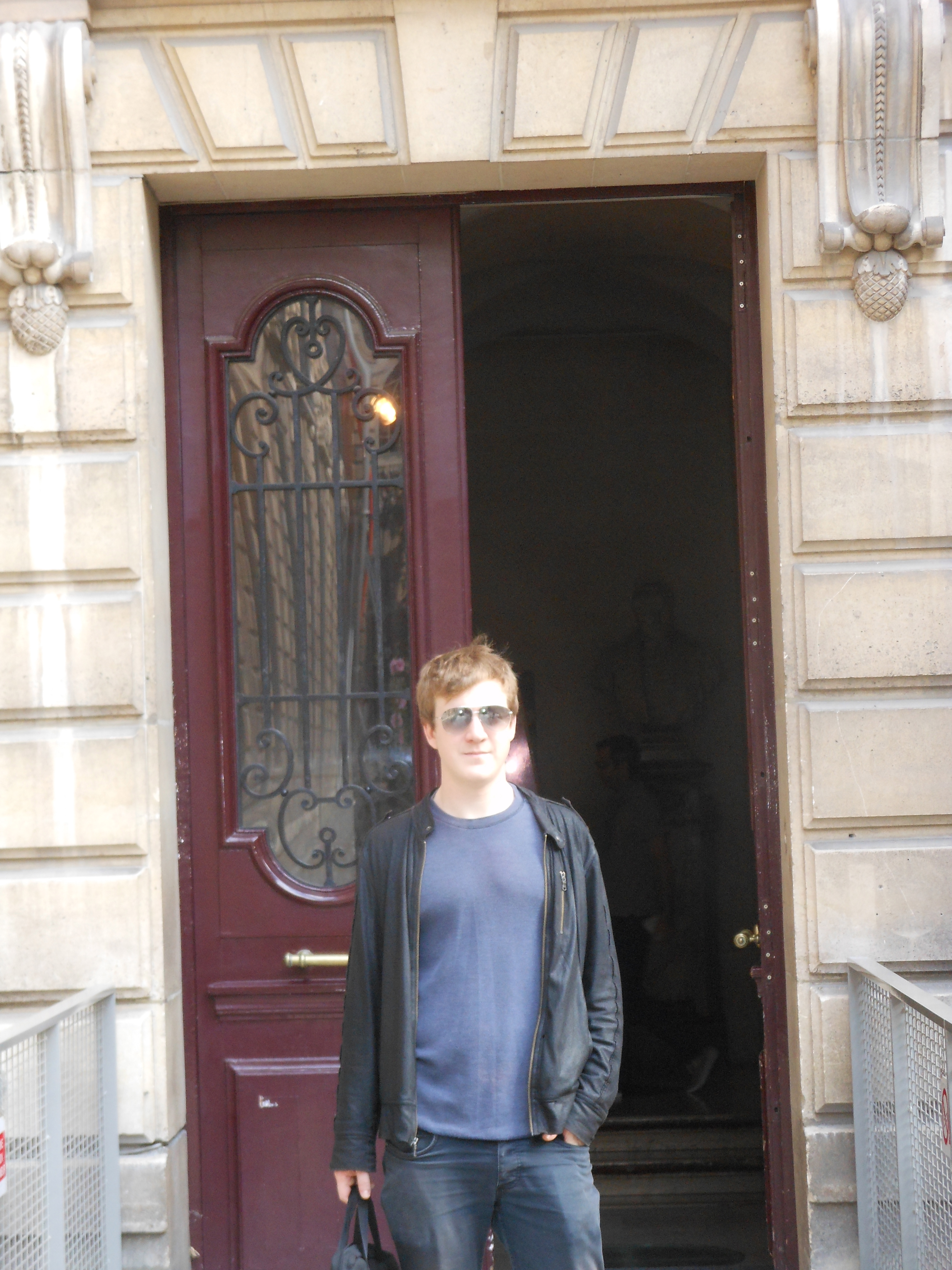Tags
"translation"
Presidents Summer Fellowship, Connecting to Armenian Artists Part 3, Knar Hovakimyan

Let's talk translation.
I was really surprised to find that the most difficult part of the translation process was reading the poems. This task seemed easiest at first, but when I actually set out to produce a literal translation of a poem, I found myself completely lost. For a while I thought that my Armenian language skills were just not up to par, but I soon realized that the difficulty was not in understanding the meaning of the words, but uncovering their role within the line and within the whole poem. I had to think deeply about what the author of the poem intended with each word since soon I would become the author of the translation, and ideally I would have the same intentions. So the first step was deep reading and analysis to produce a literal translation.
Continue reading Presidents Summer Fellowship, Connecting to Armenian Artists Part 3, Knar Hovakimyan
Presidents Summer Fellowship, Connecting to Armenian Artists Part 2, Knar Hovakimyan

Working on the ground in Armenia, President’s Summer Fellow Knar Hovakimyan ’16, linguistics major, seeks to introduce Armenian literature to English-speaking communities through poetry translation.
I just finished unpacking back home in LA. When I opened my suitcase, I was greeted by the faint smell of khorovats (Armenian barbecue) in my clothes: the pants that I wore to harvest apricots at my uncle's, the sweater I wore to Lake Sevan on a stormy day. I removed the large number of books I had managed to fit in my suitcase: I remembered discussions with poets at different cafes, afternoons I spent scouring through several volumes to pick which poems I wanted to translate, the look of the books scattered across our apartment all month. My sunscreen spilled all over everything; I had completely neglected to use it on our sightseeing side-trip to Khor Virap, Noravank, Tatev and Karahunj. My purse was crushed way at the bottom of the suitcase, water-stained from the day strangers poured three buckets of water on my head in celebration of Vardavar.

Continue reading Presidents Summer Fellowship, Connecting to Armenian Artists Part 2, Knar Hovakimyan
Presidents Summer Fellowship, Connecting to Armenian Artists, Knar Hovakimyan

Working on the ground in Armenia, President’s Summer Fellow Knar Hovakimyan ’16, linguistics major, seeks to introduce Armenian literature to English-speaking communities through poetry translation
I spent a month at home panicking over how I would get in touch with poets, adjust to their schedules, and meet them each a couple times in Armenia. When I got to Armenia, I quickly realized that I was going about things the American way – here, it is not necessary to make plans weeks in advance, confirm, reschedule... You can just show up at someone's house and they'll have a table set in five minutes. My first day here I made a phone call to a poet, Tigran Paskevichyan; after introductions we arranged to meet later that same day at Artbridge, a cafe he frequents. The entire encounter felt like a scene from a movie. The waiter brought out the poet's usual Armenian coffee, which Paskevichyan enjoyed with a cigarette as we talked about my project; we discussed his influences ranging from Daniil Kharms to Saul Leiter and his intentions behind specific poems – before I left home, I was worried about how far my Armenian language skills would take me, but luckily, I managed to keep up the conversation. With a signed copy of his book in hand and some new poems to work on, I embarked on the hectic week ahead of me.

Locating the Past, Chapter Two Language and Culture in BNF Manuscript 375

Lukas
As with my first blog post, I will first summarize my research at the national library, then say a few words about my home and social lives in Paris.
My research has progressed well since the last round of blog posts. Readers may recall that my preliminary goal as a President’s Summer Fellow was to identify the geographic origins of the second text in Ms. BNF 375, a medieval French version of the Apocalypse. I spent my first month in Paris doing just that. I first performed a dialectal analysis to determine the provenance of 375’s copy of Explication. In brief, the copyist wrote in picard, a Northern scripta, or written dialect. However, I also noticed that the text opens with a prologue, and that this prologue exhibits a number of linguistic traits inconsistent with Picard writing. Working under the assumption that the language of the prologue is also that of the original text, I was able to link Explication to a prominent 12th-century copyist, Gilbert de la Porrée, bishop of Poitiers from 1142-1154. In the end, then, I can make a pretty tenable connection between 375’s Apocalypse and the city of Poitiers.
